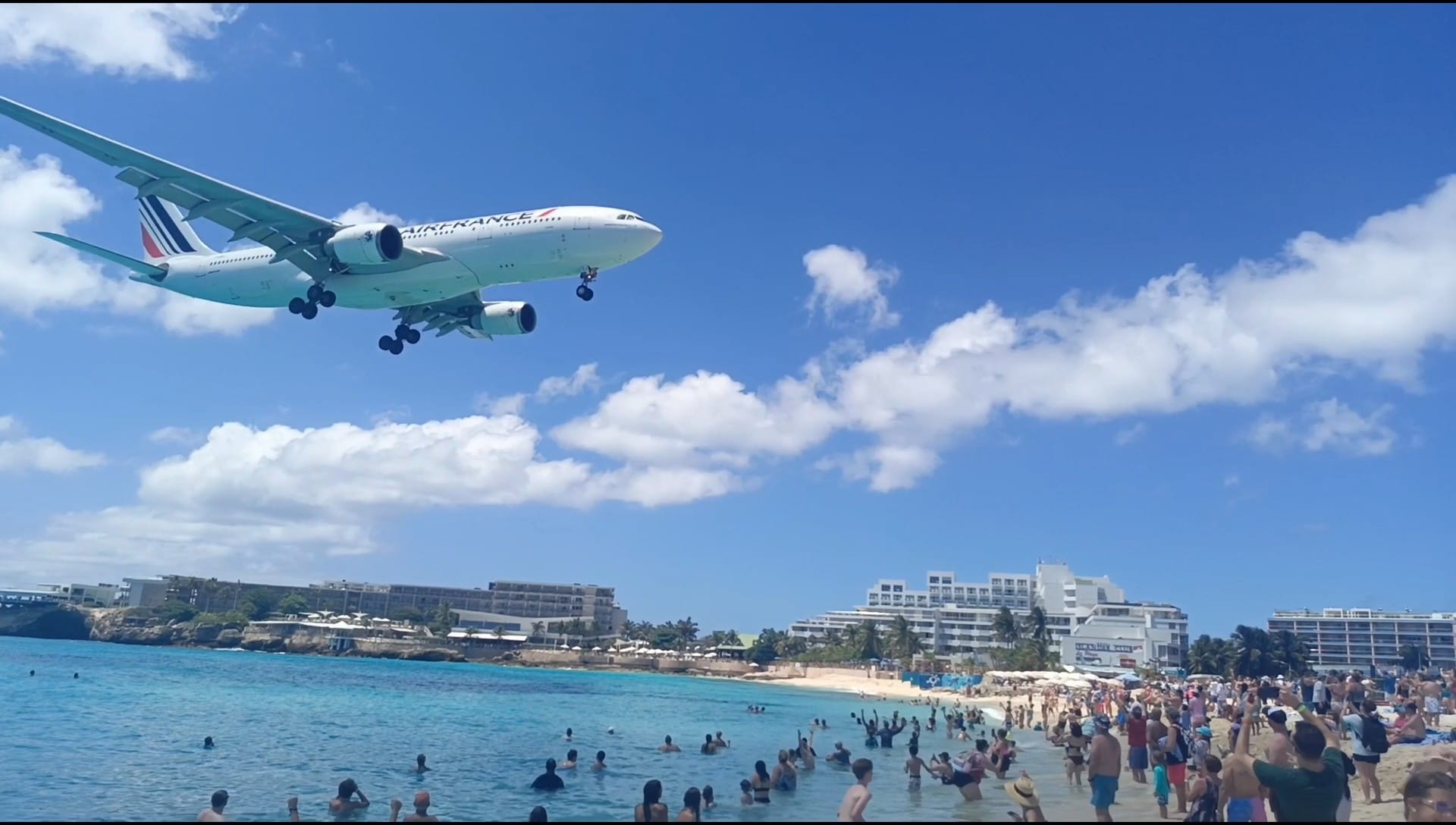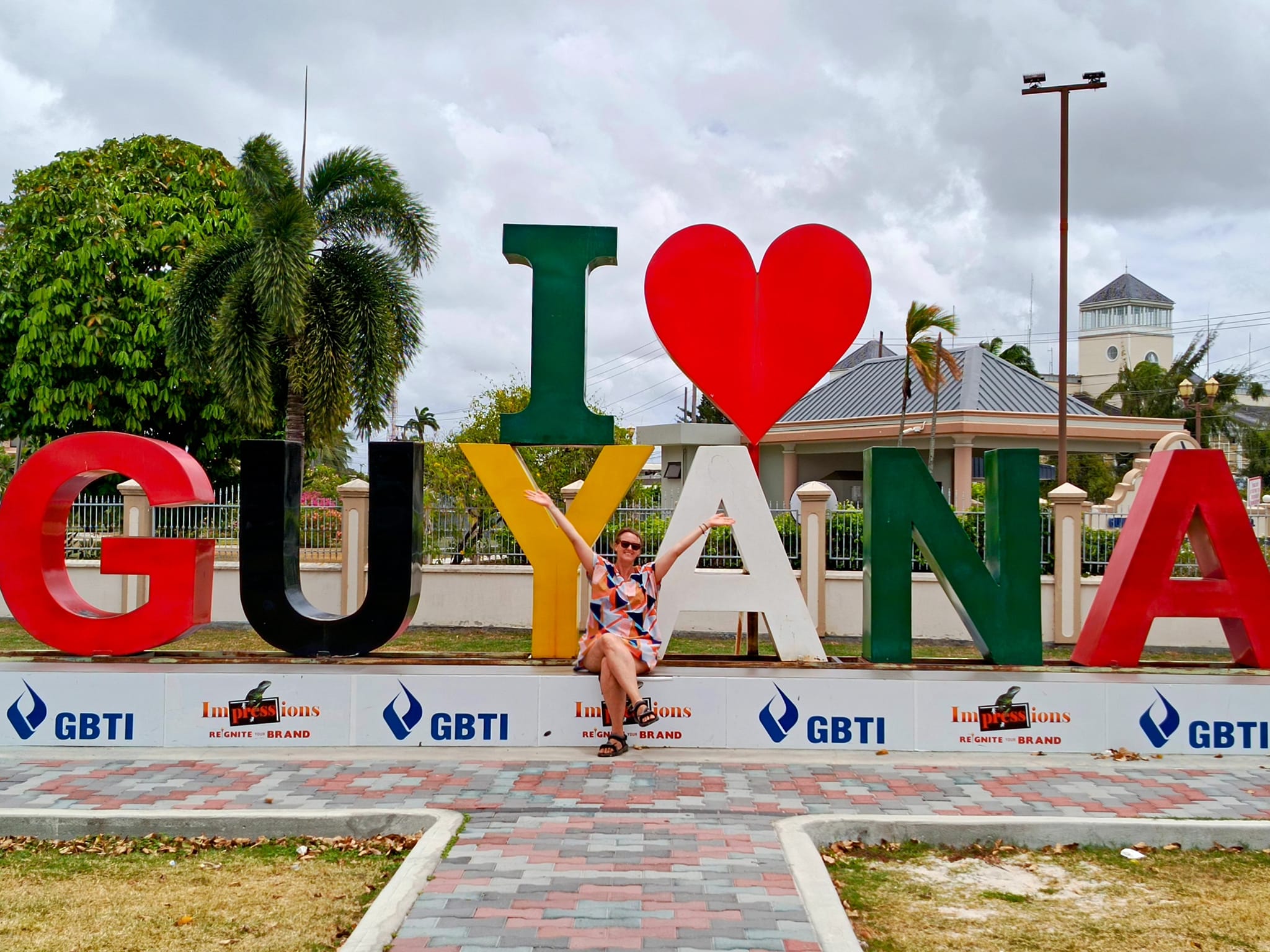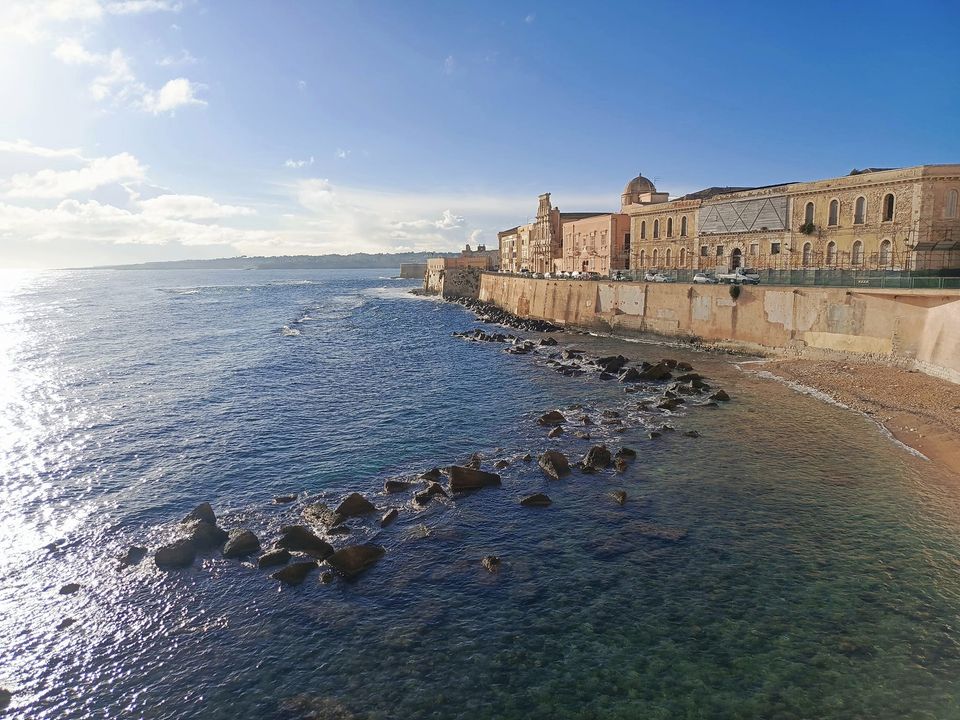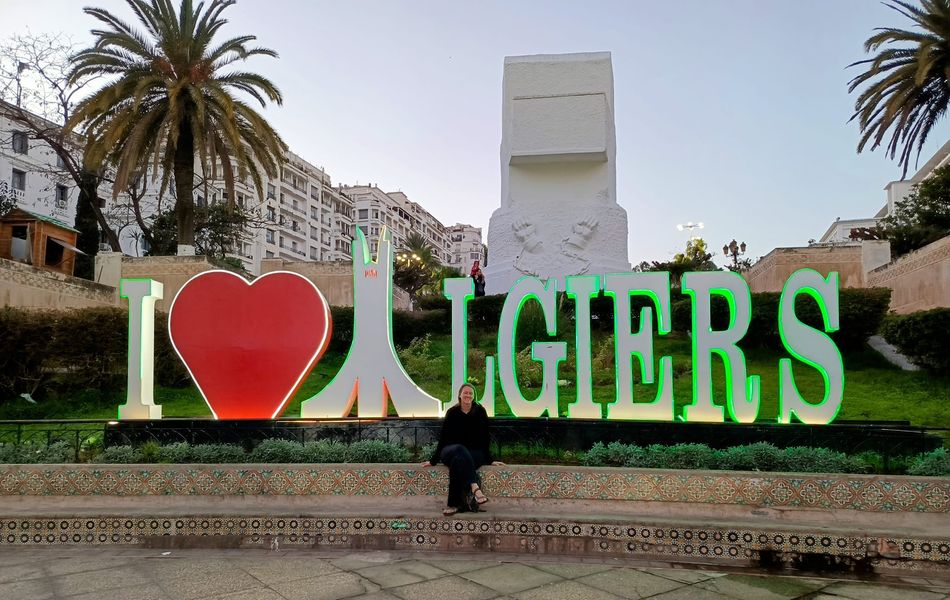In 2015, I started the trip of a lifetime which took me through all 7 continents and lasted 18 months. One special part of that trip was what I called my “Extrava-stanza” which included an overland trip through Kazakhstan, Uzbekistan and Kyrgyzstan. The trip opened my eyes to the turbulent and enthralling history of Central Asia and started a fascination that will probably continue for the rest of my life.
As the name suggests, Central Asia lies at the heart of Asia. Not only that, the area was once also the crossroads of the “civilised” worlds. Spices, silks and other fine items made their way from the factories of East Asia to the homes of the wealthy in Europe. Ideas, religion and, unfortunately, the plague also made their way through this region. In recent history, the Stans represented the southern border of the USSR and up until the past few years, the countries were notoriously difficult to get into. Tight visa regulations, unforeseen levels of bureaucracy and the dreaded letters of invitation made travel in the region a daunting task.

Samarkand 
Shymkent 
Travel Buddies
2015
Around five years ago, it slowly began to change and I finally had my opportunity to go. Kyrgyzstan and Kazakhstan had visas on arrival, Uzbekistan removed the annoying (and expensive) letter of invitation requirement. A Tajikistan visa still required a trip to an embassy (I ultimately decided to skip Tajikistan because of logistical issues related to weather – ie it was freezing already in October) and Turkmenistan was…..well, Turkmenistan. As of 2020, visitors MUST be on a guided tour in order to apply for a visa. Guided tours can be very expensive as is the visa. A rumor has circulated for years about an elusive transit visa being available but after a relatively nasty rebuttal at the Turkmenistan Embassy in Almaty in 2015, I decided to wave the white flag and surrender. Side note: Turkmenistan still sits on my list and I hope that I will someday make it there.
In October 2015, I flew from Baku to Almaty and then up to Astana, Kazakhstan and eventually made my way down to Almaty. From there, I took an overnight train to Shymkent which was the home to some dilapidated yet charming ruins. The ruins were my first taste of what was to come as I travelled around Uzbekistan. Yet, unsurprisingly, those aren’t what I remember most about that town. My fondest memory was actually being squashed into a shared taxi for the longish car ride to Tashkent. Anyone who knows me in real life knows that I am quite a tall woman so squishy rides are my worst nightmare. However, I was lucky enough to call shotgun on this ride and my two feet of space felt absolutely palatial compared to the disaster that was happening behind me which included two gigantic and a normal sized woman stuffed like sardines into the back of a Lada. Tashkent had the same slightly eerie feel of most post-Soviet cities but there was an added layer of authoritarianism. I found a hostel close to the train station and wandered around the city. For the life of me, I can’t remember what I saw which probably means that it wasn’t that memorable.
While Kazakhstan was developed and relatively expensive, Uzbekistan was the opposite. Back then, the “official” exchange rate did not account for inflation and didn’t reflect the real cost of living. To make your dollars stretch further, you had to exchange money on the black market. In my case that literally meant going to a market and getting a plastic bag with a brick full of notes in it. My “cash” took up my entire purse. Throughout the country, accommodation, food and drinks were cheap and because there wasn’t a huge amount of stuff to spend money on, the limited amount of money I exchanged managed to last me nearly the whole 14 days I was there (which was the total length of the visa).
Despite the odd situation regarding getting money, I found Uzbekistan to be very easy to travel around with a well-connected transportation system, including the old Soviet trains built by Russia that could whisk you from one tourist friendly city to the next faster than you can say caravanserai. Uzbeks were very welcoming and friendly but were shocked that I didn’t have children and frequently told me that I was too old to still be childless. They usually guessed that I was 28 and I didn’t have the heart to tell them that I was 33 and going through a divorce……
Like most travellers, I first made my way to Tashkent and then onto Samarkand and then Bukhara and eventually to Khiva. Nearly all tourists took the same route so you would repeatedly bump into the same people. By the time we all reached Khiva, I felt like I was seeing long lost friends. As you can imagine, debauchery ensued when alcohol is cheap and plentiful and one eventful night even led to us crashing a 1 year old’s birthday party in Khiva. As the “guests of honor” we had enough vodka poured into us to last a lifetime and when I eventually made my way back to Tashkent the next day, I felt like an alcoholic pickle. I headed all the way back to Almaty from there to catch a flight back to Baku as it was the cheapest place to fly out of. After 14 days of backpacking, the Russian spa seemed even better than before! I left Central Asia with fond memories of checking out jaw-droppingly beautiful monuments during the day and partying late into the night with my fellow travellers and kind-hearted Uzbeks.
2020 Vision….
When I had the chance to make a second, bonus round of Central Asia in conjunction with my Afghanistan trip in February, I jumped at the chance. Crossing the border from Mazar to Termez not only saved me from having to buy another plane ticket but it also gave me the opportunity to say that I had crossed one of Afghanistan’s land borders on foot!
I was super excited to revisit Uzbekistan as it had started becoming a trendy destination for Instagram influencers, travel bloggers and wanna-be extreme travelers. I wanted to see not only how it had changed over the years but also how MY perceptions of it had changed after visiting a lot of countries with similar architecture and a shared history. After having my bag thoroughly searched (and I mean thoroughly. The customs lady was actually very perplexed and then ultimately, grossed out by my jar of peanut butter that I had with me in case of an emergency.)
Crossing the border into Termez, Uzbekistan was an interesting feeling. While I really like Afghanistan, especially Kabul, and was very sorry to leave, I had such a feeling of relief to be somewhere safe that I almost felt guilty about it. Termez is a pretty quiet city without much to see or do but my fellow Afghanistan tour group partner and I attempted to get trains out that evening and found out the hard way that they don’t sell tickets at the train station for departures within an hour. Instead of being on our way to our respective final destinations, we decided to make the most of it and got slightly tipsy in the hotel restaurant on cheap beer. It was one of the best feelings in the world to be able to completely de-stress after two weeks in Afghanistan. The next morning, I headed to the shared taxi stand and found a ride for the four hour car journey to Samarkand.
The ride itself was pretty uneventful sitting comfortably in the front seat of a spacious car eating some delicious cookies that I had bought and looking out the window. We finally arrived on the outskirts of Samarkand and I had to catch another taxi to the city center. The car dropped me off near my hostel, the appropriately named Registan Hostel thanks to its location a few steps away from the Registan, Samarkand’s prime attraction. The hostel was clean, comfortable and cost a whopping $8 per night. Everything was brand new and super comfortable. In comparison, when I traveled to Samarkand in 2015, there were no hostels and I stayed in a family home. Immediately after I arrived, I felt the building shaking and popped my head out of the room to see the whole family cowering together in the living room. I arrived in Samarkand just in time to feel the effects of an earthquake happening somewhere in Afghanistan. I was really surprised to discover that I was so close to such a “bad” place. Little did I know that I would pay a lot of money to travel there less than 5 years later!
Samarkand has a lot of historical attractions scattered throughout the city and is a must visit for any history buff. The city is one of the oldest cities in Central Asia and was actually conquered by Alexander the Great – yes, the Alexander the Great of the humongous statue in Skopje fame 🙂 – in 329 BC. It was ruled by Turks, Arabs, the Samanids of Iran, the Khwarezm-Shah dynasty and was eventually destroyed by Genghis Khan in 1220. It was later the capital of Timurlane’s empire, then became part of the khanate of Bukhara and by the 1700s, it was in decline and didn’t pick back up again until the Russian conquest and in a way that makes history so incredibly interesting, it is now a thriving tourist city.
By the way, for anyone confused about Tamerlane, don’t worry – I am too. He was without a doubt an amazing military leader and was able to defeat the Mamluks of the Ottoman Empire (aka Turkey) and the Delhi sultanate. He had a man-crush on Genghis Khan and wanted to be just like him. His conquests are believed to have brought the deaths of 17 million people and his armies destroyed the areas that they went through. At the same time, Tamerlane was also an intellectual and artsy and was a great patron of arts and architecture – just like Genghis. In Afghanistan, I went to the destroyed City of Screams – it was given this name in reference to the Mongol invasion where everyone was murdered – which was a reminder of how brutal Genghis Khan could be.
Regardless of his weird personality combo of brutal, military leader and lover of pretty things, Tamerlane left his mark around the city of Samarkand and the sparkling blue domes and spell-bindingly beautiful madrasas of the city have made it THE place for tourists to go in Central Asia. The must sees of the city include:
- Bibi-Khanom – This over the top mosque was built at the turn of the 15th century and was commissioned by Timur’s Chinese wife. The mosque complex is not as finely decorated as other ones that I have seen in South and Central Asia but what it lacks in accessories, it makes up in size!
- Gur-e Amir – Tamerlane’s 15th-century tomb is as beautiful as you would imagine it to be considering Tamerlane’s success. The complex is covered with intricate blue tiling, and has a large slightly jelly-wish shaped dome and the ubiquitous honey-comb design both inside the tomb and in the adjoining gateways.
- Shakhi-Zinda Memorial Complex – This area feels like a tiny town of mausoleums with bright blue alleyways winding their way between the immense structures. If you have ever visited one of the graveyards/mini cities of Latin America, you will kind of know what I am talking about.
- Registan Square – No trip to Samarkand is not complete without a trip (or in my case, many trips) to the above-mentioned Registan Square. This three-sided complex features not one, not two but three madrasas, While the former student dormitories have now been turned into little shops selling carpets, ceramics and scarves, it is easy to imagine how important the complex once was. By the way, registan means sandy place or desert in Persian.
- Pivo Street (Beer Street) – Ok, so this place has no historical significance and was certainly not built by Muslim Tamerlane but it is a definite must see! Located just a short taxi ride from the city center, this street is full of bars selling freshly brewed beer from the nearby brewery. It is the perfect way to finish off a day of sightseeing and at less than a dollar per beer, it is cheaper than most other forms of entertainment 🙂
My next stop in Uzbekistan was Bukhara. While I had originally planned on spending a night in the city, my delay in Termez made this impossible so I had to settle for a day trip from Samarkand. The train is super fast and I believe that it took me a grand total of 1.5 hours to get between the cities. Bukhara is an interesting place with a very spread out city center surrounding the tightly packed together old town. It was like the city planners wanted to make the new part of town as different as possible so when you finally get into the heart of the old town, you feel like you have found a precious gem. My memories of Bukhara from 2015 are a bit fuzzy now (probably thanks to the large quantities of beer that I drank with my fellow hostel-mates) but I clearly remember having to climb in and out the window of my room because the hallway was being renovated. That gives you a slight idea of how developed the tourism industry was at that point.
Flash forward to 2020 and Bukhara has been Disney-ified. Restorations seem to have been very intense and the city I remember is hidden behind glistening tiles and perfectly-lined up bricks. While it was a bit sad to see so much changed, it was also good that the monuments had been (maybe overly) preserved. Unlike Samarkand with its wishlist of monuments to see, Bukhara is like stepping back into time. Madrasas and mosques line the narrow streets and a fort stands proudly over the city. The ancient markets are still around, although they are now selling to once in a lifetime trip souvenirs to tourists rather than day to day goods.
Bukhara kind of feels like it is clinging to its past while trying to step forward into the future. When I was there, I found a lovely little cafe in one of the ancient buildings with a tiny table outside where I saw and watched people walk by as I wrote in my journal. It was a beautiful, sunny day and I was grateful for the downtime and a chance to organize my thoughts.
I headed back to Samarkand and the next day, I made my way to Tajikistan. While I was sad to not be able to revisit Khiva and Tashkent, I hope that one day I will make it back there.




















I guess I am just like Dad. Stalking you at your games and just happy to see you for a moment. Hang in there.
On an awkward but positive note, you might like this interview.
https://youtu.be/YStpFdGXTlw